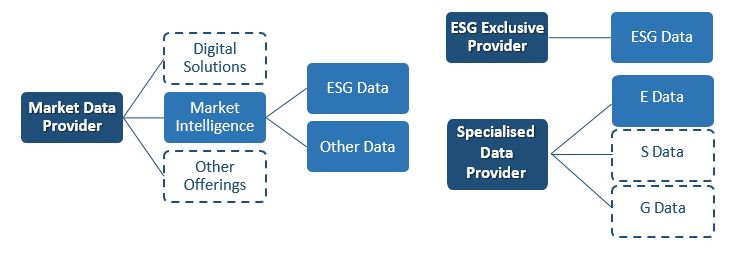NEWS & VIEWS
It is probably since the 1998 publication of John Elkington’s influential book – Cannibals With Forks: The Triple Bottom Line of 21st Century Business that the division between the financial, social and environment sectors started to break down. In this book, he presented the idea of “Sustainable Business” which takes environmental and social factors into consideration when making business decisions.
Under such influences, big banks, asset managers and other financial institutions began to react to the increasing investor interest in Environmental, Social and Governmental (ESG) products: big banks and asset managers rolled out sustainable funds; projects were launched to give investors the tools to find products matching their ESG criteria; and many organisations hired new roles focused on ESG investment. It was not only top tier firms, new comers and retail investors also started to respond to this trend.
While asset managers try to meet both professional and retail investors’ needs on sustainable investment, recent reports claim that nearly half of professional investors are unsatisfied with the evidence provided by asset managers to support their ESG claims.
Globally, there are many organisations providing ESG data on securities, however there is no common set of ESG principles or measurements. All ESG data providers have their own unique methodologies. This lack of standards and common measurements has resulted in a lack of confidence in firms trying to shape their sustainable investment strategies.
Based on the offerings of current ESG data providers, we believe that they can be classified into three main groups:

ESG Data Provider Classifications
Market Data Providers offer broad market data and may also provide digital tools for data analysis. This type of company offers ESG research and data as a subset of their broad product and service offering.
ESG Exclusive Providers are companies which solely focus on ESG research and data. Some of them may also offer investment funds to clients.
Specialised Data Providers concentrate on only one or two aspects of ESG. There are very few of these companies as they tend to partner or merge with other ESG providers to expand their focus and customer base.
Although there are a large number of Market Data Providers and ESG Exclusive Providers, very few of them own and maintain their own index. Most providers offer their ESG research and ratings based on incorporating and normalising data from a large number of different sources (including other ESG data providers). Therefore, only a small number of data providers are able to offer direct data feeds of detailed ESG scorings or ratings for use in portfolio analysis.
Having useful data is critical for Investment Managers to redirect capital and there is a need for globally comparable data. In order to do this successfully it would need regulators in each country to work together. Therefore, having standards set up for ESG data will greatly reduce the difficulties caused by different regulation frameworks in each country.
The European Commission is committed to address climate change and have prioritised Sustainable Finance. They have created an action plan with immediate focus on the Environment but stretches into Social and Governmental areas. The 2nd High Level Sustainable Finance Conference was held in Brussels on the 21st March 2019 to seek a global approach to sustainable finance. The Commission’s Technical Expert Group is working on a taxonomy for Sustainable Finance and are preparing new guidance in the areas of green bonds and carbon benchmarking. The debate continues as to whether this taxonomy should be voluntary or mandatory for the private sector. There are many that argue that only a mandatory system can work.
Could this direct further private capital into green investments?
Will this be the start of a more structured approach to ESG metrics?
Could this mean an end to patchy ESG data?
What are your thoughts?

